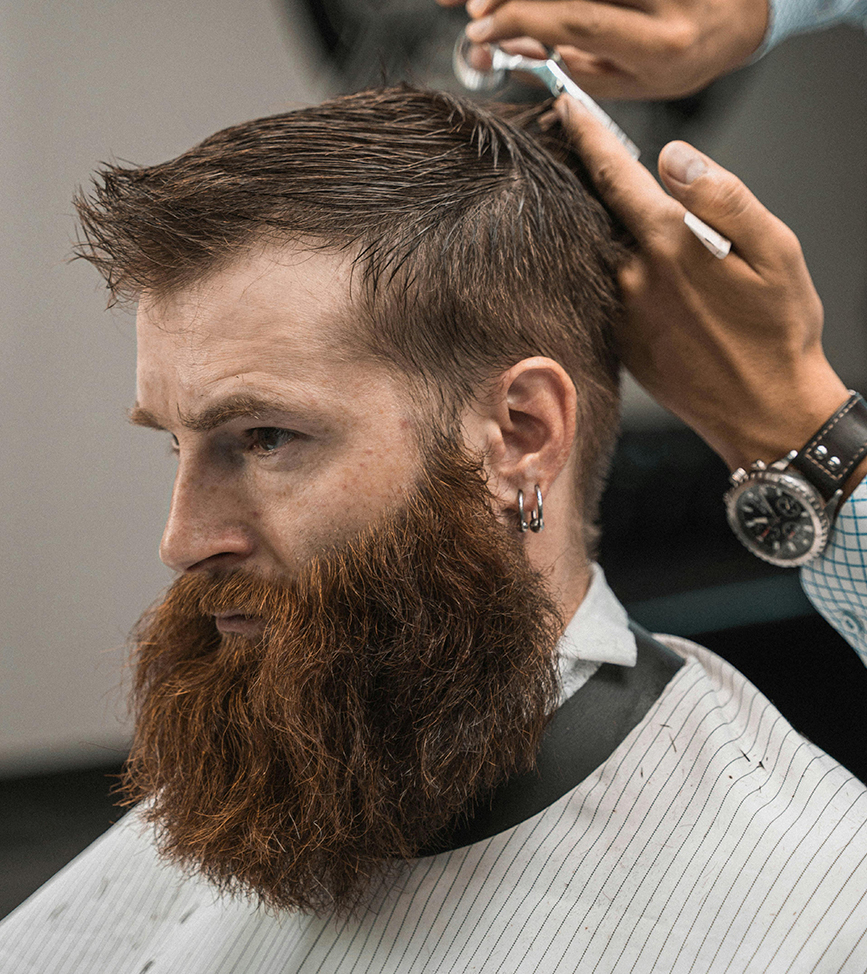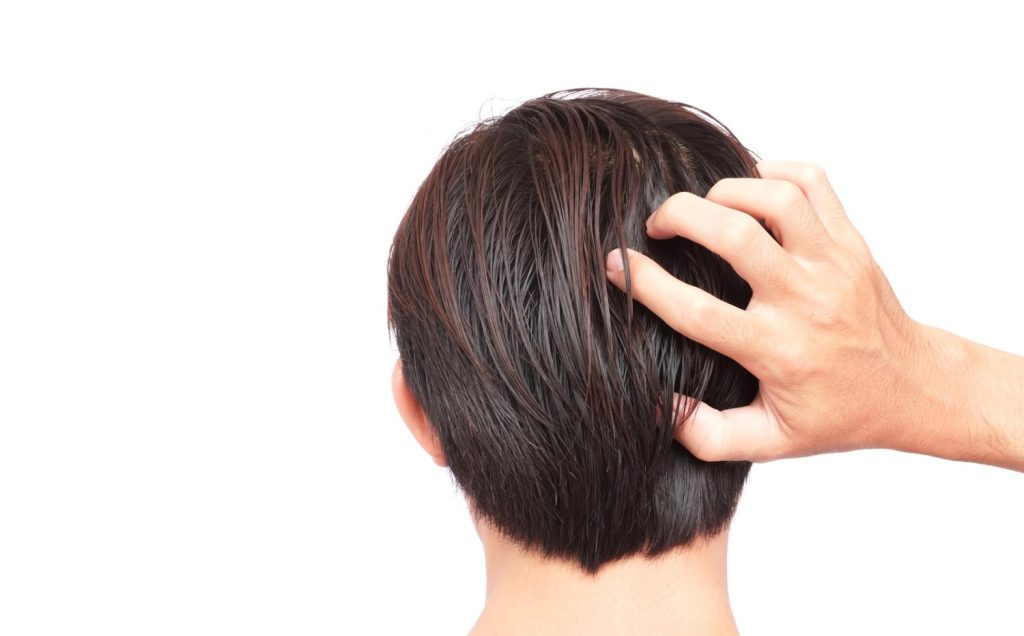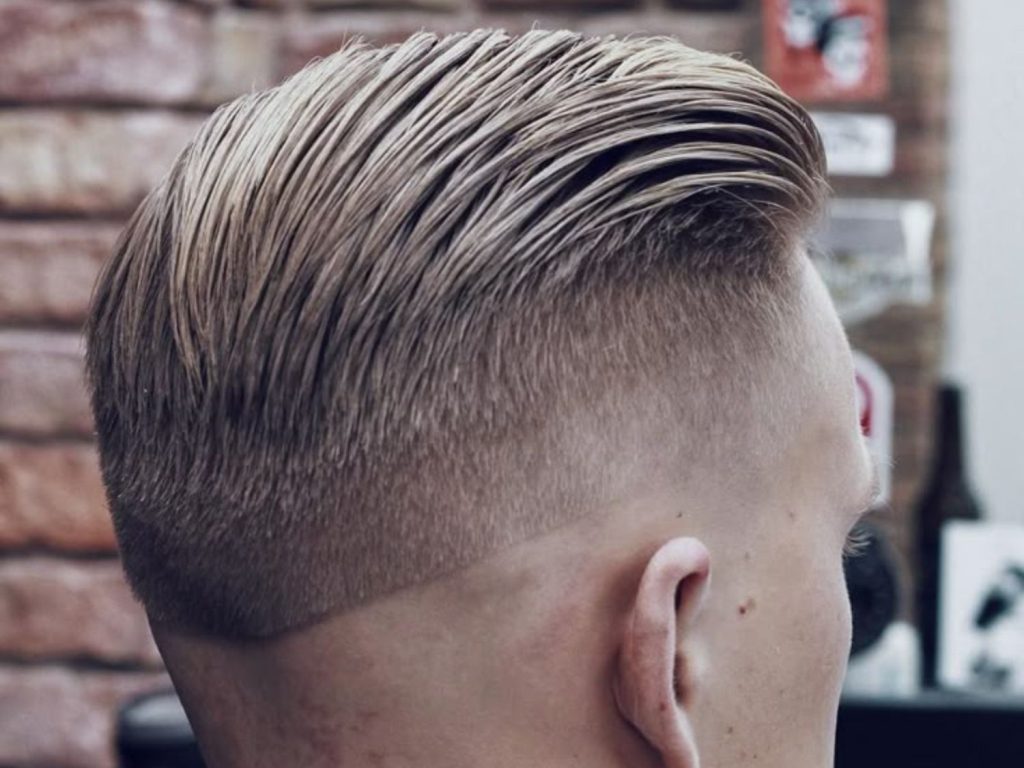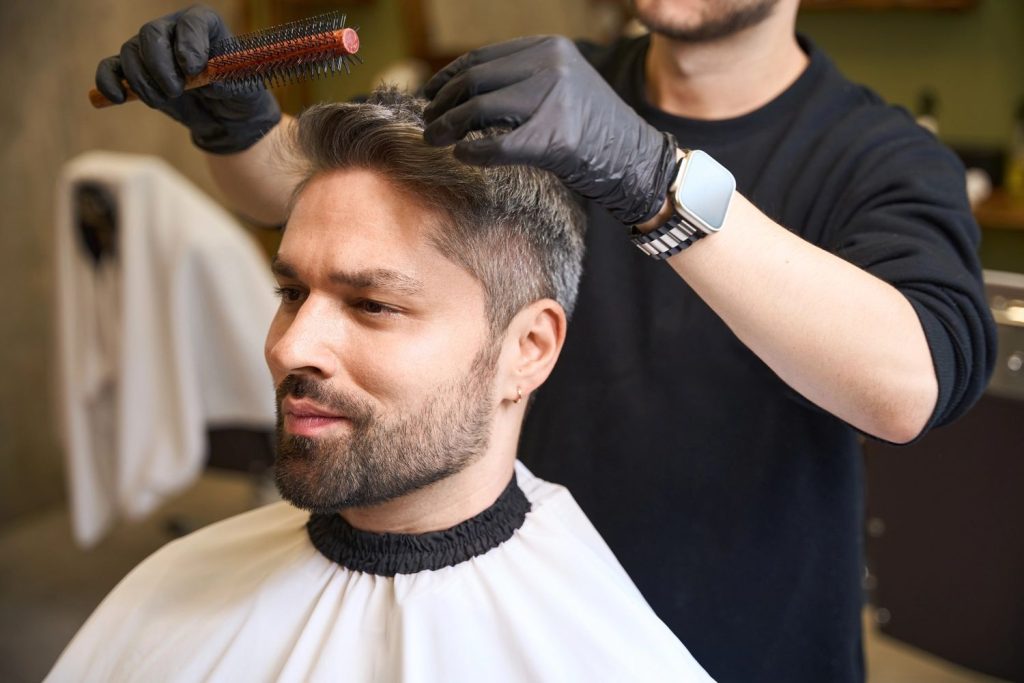How Often Should You Replace Your Hair Brush?
July 25, 2025
Hair brushes play a bigger role in overall hair health than most people realize. They’re not just tools for styling—they’re also responsible for removing tangles, distributing natural oils, and exfoliating the scalp. Over time, however, brushes collect a mix of hair strands, product residue, skin cells, dust, and natural oils. Even with regular cleaning, these particles accumulate in hard-to-reach areas between the bristles and at the base of the brush head.
When left unchecked, this buildup can:
- Reintroduce dirt and oil to freshly washed hair.
- Cause clogged pores on the scalp, possibly leading to bumps or irritation.
- Interfere with proper brushing, making detangling more difficult and more damaging.
- Reduce the brush’s effectiveness, especially for styling or smoothing.
This makes regular brush replacement a subtle but important step in maintaining a healthy hair care routine—especially for individuals prone to scalp sensitivity, hair thinning, or product-heavy styling routines.
How Often Should You Replace Your Hair Brush?
General Recommendation: Every 6 to 12 Months
Most people should consider replacing their hair brush every six months to one year. However, this is not a one-size-fits-all recommendation. The ideal replacement frequency depends on:
- The type of brush you use.
- The frequency of use.
- Your hair texture and density.
- How well and how often you clean the brush.
- The conditions in which you store it.
For example, someone who uses a heat styling brush daily and applies hair products regularly may need to replace their brush every 3–4 months. On the other hand, someone with short hair who brushes once a day and stores the brush in a clean, dry environment might be able to keep theirs for a full year or more.
Factors That Affect Hair Brush Lifespan
1. Hair Brush Type
The material and design of the brush significantly influence how long it lasts. Below are some common types and what to expect:
- Plastic or synthetic bristle brushes are prone to warping and bristle loss. They may only last 6 to 9 months, especially if used often.
- Boar bristle brushes are more delicate but great for distributing natural oils. With proper care and occasional cleaning, these can last 9–12 months.
- Round thermal brushes with metal or ceramic barrels, used frequently with blow dryers, degrade quickly due to heat exposure. These should be replaced as soon as the barrel coating begins to chip or the bristles look melted.
- Detangling brushes and wide-tooth combs are often made from flexible plastic and can last longer—sometimes up to 18 months—if they’re used gently and cleaned often.
If you’re unsure of your brush type, a good rule is to inspect the bristles and body monthly for any signs of wear or damage.
2. Frequency of Use
Daily brushing wears down bristles much faster than occasional use. People with longer or thicker hair may brush more frequently to manage tangles, while others might only brush once or twice a day.
Brushing multiple times a day, particularly during styling with heat or products, stresses the bristles and brush base. You may not notice the wear immediately, but over time it affects performance and hair health.
Also, brushes used by professionals—such as stylists or barbers—often need to be replaced more frequently, sometimes every 2–3 months, because they experience heavier daily use and need to stay hygienic for client safety.
3. Hair Type and Texture
The texture and density of your hair also affect how fast a brush wears out. For example:
- Thick, curly, or coiled hair puts more resistance on the brush. This extra tension can cause bristles to bend or break more quickly.
- Fine or straight hair exerts less pressure, allowing the brush to maintain its shape and performance longer.
Additionally, people with textured or curly hair often require different tools, like wide-tooth combs or detangling brushes, which wear at different rates based on how they’re used.
Signs It’s Time to Replace Your Hair Brush
Even with regular cleaning, a brush will eventually reach the end of its usable life. Here are common signs you should stop using your current brush and get a new one:
- Bristles are bent, melted, or falling out: This is one of the most obvious signs. Damaged bristles are no longer effective and can pull on your hair or scratch your scalp.
- Excess buildup at the base: If you see a sticky, gunky texture or embedded debris that doesn’t come off during cleaning, it’s time to replace the brush.
- An odd smell: If your brush smells musty or sour even after washing, it could indicate bacterial growth or mildew—especially if stored in damp conditions.
- Brushing feels scratchy or painful: A worn-out brush may lose its cushion or bristle flexibility, making it harsh on your scalp.
- More hair breakage or static: This may be due to the brush snagging or failing to detangle properly.
Being aware of these signs helps prevent further damage to your hair and scalp.
How to Clean a Hair Brush (And Why It Matters)
Proper cleaning removes dirt, product buildup, and hair, which not only improves hygiene but also extends the brush’s life.
Simple Cleaning Routine
- Remove trapped hair with your fingers, a tail comb, or a cleaning tool.
- Soak the brush in warm water with a gentle shampoo or a mix of baking soda and water.
- Scrub the base and bristles using an old toothbrush to loosen debris.
- Rinse thoroughly and dry the brush bristle-side down on a towel to prevent moisture buildup at the base.
Cleaning Frequency
- Weekly cleaning is ideal for daily brush users or those who use styling products.
- Every 2–3 weeks may be sufficient for occasional users or for brushes used on dry, clean hair.
Clean brushes work better, feel better on the scalp, and reduce the chances of hair damage. However, even the cleanest brush will eventually wear out, so don’t rely on cleaning alone as a long-term solution.
Tips to Extend Your Hair Brush’s Lifespan
While brushes do have a shelf life, these habits can help you get the most out of them:
- Use the right brush for the task: Don’t use your detangling brush for heat styling or your blow-dry brush on wet hair unless it’s designed for that.
- Store it properly: Avoid leaving your brush in humid areas like bathrooms, where moisture encourages mold and bacteria growth.
- Avoid aggressive brushing: Pulling or yanking through tangles not only damages your hair but also weakens the brush’s bristles and base.
- Don’t share brushes: Sharing spreads oil, bacteria, and scalp issues. Keep your brush personal, especially in family or group living situations.
Brush Replacement Based on Hair Type and Routine
| Hair Type / Use Case | Recommended Replacement Time |
| Fine/straight hair (minimal use) | Every 10–12 months |
| Thick/curly hair (daily use) | Every 6–8 months |
| Styling with heat tools often | Every 3–6 months |
| Sensitive or flaky scalp | Every 6 months |
| Use of heavy styling products | Every 6–9 months |
This table serves as a general guide, but remember—visual wear, feel, and performance are stronger indicators than the calendar alone.
Choosing the Right Replacement Brush
When it’s time to get a new brush, pick one that suits both your hair type and grooming habits. Here’s what to consider:
- Boar bristle brushes: Best for distributing natural oils and adding shine; ideal for straight or fine hair.
- Mixed bristle brushes: Combine synthetic and boar bristles for a balance of strength and shine.
- Paddle brushes: Great for detangling long hair and smoothing.
- Round brushes: Used for blowouts and volume styling.
- Detangling brushes: Made with flexible bristles to glide through knots without tugging.
Choose a brush with durable construction, an ergonomic handle, and a surface that’s easy to clean. Investing in a higher-quality brush can improve your brushing experience and help keep your hair healthier in the long run.
Number One Barber Shop Serving the Sugar Ridge Community and Beyond in Stafford
Number One Barber Shop is dedicated to serving the diverse needs of the local community of Stafford, including individuals residing in neighborhoods like Sugar Ridge. With its convenient location near landmarks such as the Immanuel Mar Thoma Church and major intersections like Sugar Ridge Blvd. & Fountaingate Dr. (coordinates: 29.637971320567, -95.56178010166701), we offer men’s wig Stafford services.
Get Men’s Wig Stafford Services at Sugar Ridge Now
Navigate from Sugar Ridge to Number One Barber Shop Now
Final Thoughts
Replacing your hair brush on a regular basis is a small step that can have a noticeable impact on the look and health of your hair. A well-maintained brush helps reduce breakage, controls frizz, supports scalp health, and enhances styling. But even the best brush has an expiration date. By understanding the factors that affect a brush’s lifespan—such as type, usage, and care—you’ll be able to recognize when it’s time for a new one. Pair this awareness with regular cleaning and smart usage habits to make every brushing session more effective and gentle.
Frequently Asked Questions
1. How do I know when it’s time to replace my hair brush?
Look for signs like bent or missing bristles, buildup that won’t come off during cleaning, an unpleasant odor, or increased hair breakage. If brushing feels rough on your scalp or ineffective at detangling, it’s likely time for a new one.
2. Can cleaning my brush regularly help me avoid replacing it?
Regular cleaning can extend the life of your brush by removing buildup and maintaining hygiene, but it doesn’t prevent natural wear and tear. Even a well-cleaned brush may need to be replaced every 6 to 12 months depending on usage.
3. Do different types of hair brushes have different lifespans?
Yes. Plastic brushes usually last 6–9 months, while boar bristle brushes can last up to a year. Heat styling brushes often degrade faster and may need replacing every 3–6 months due to exposure to high temperatures.
4. Is it bad to use an old or damaged hair brush?
Using an old or damaged brush can lead to scalp irritation, frizz, increased hair breakage, and poor styling results. It may also reintroduce dirt and oils to clean hair if the brush has built-up residue.
5. What’s the best way to clean a hair brush to make it last longer?
Remove loose hair after each use, then wash the brush weekly using warm water and mild shampoo or baking soda. Use a toothbrush to scrub between the bristles, rinse thoroughly, and let it air dry bristle-side down.
Refine Your Style with Expert Barbershop Care
Our expert barbers are dedicated to providing you with a personalized experience that brings out your best look, every time. Whether you're in for a sharp haircut, a refreshing shave, or a relaxing facial, we take the time to understand your style and tailor our services to match your unique preferences.









